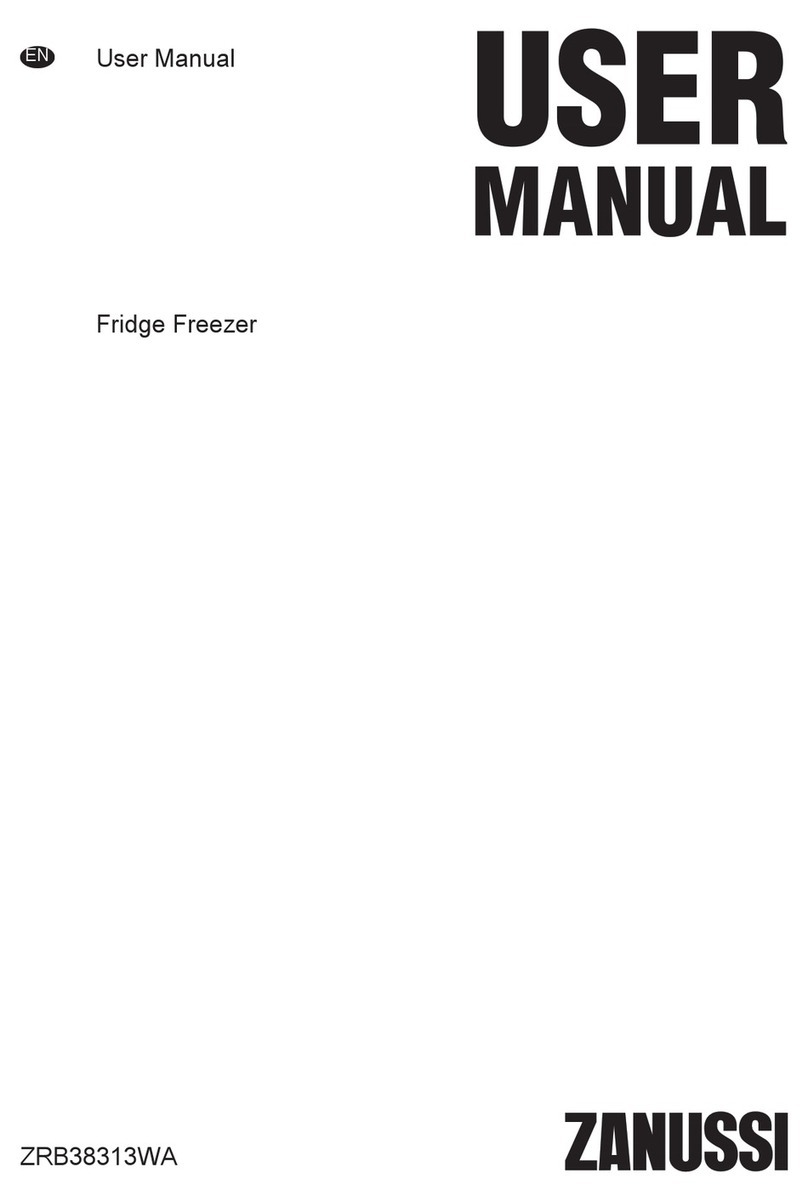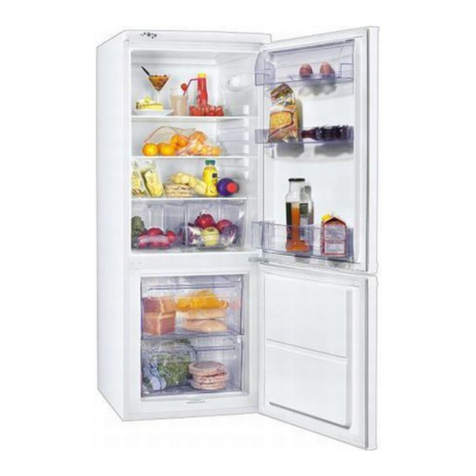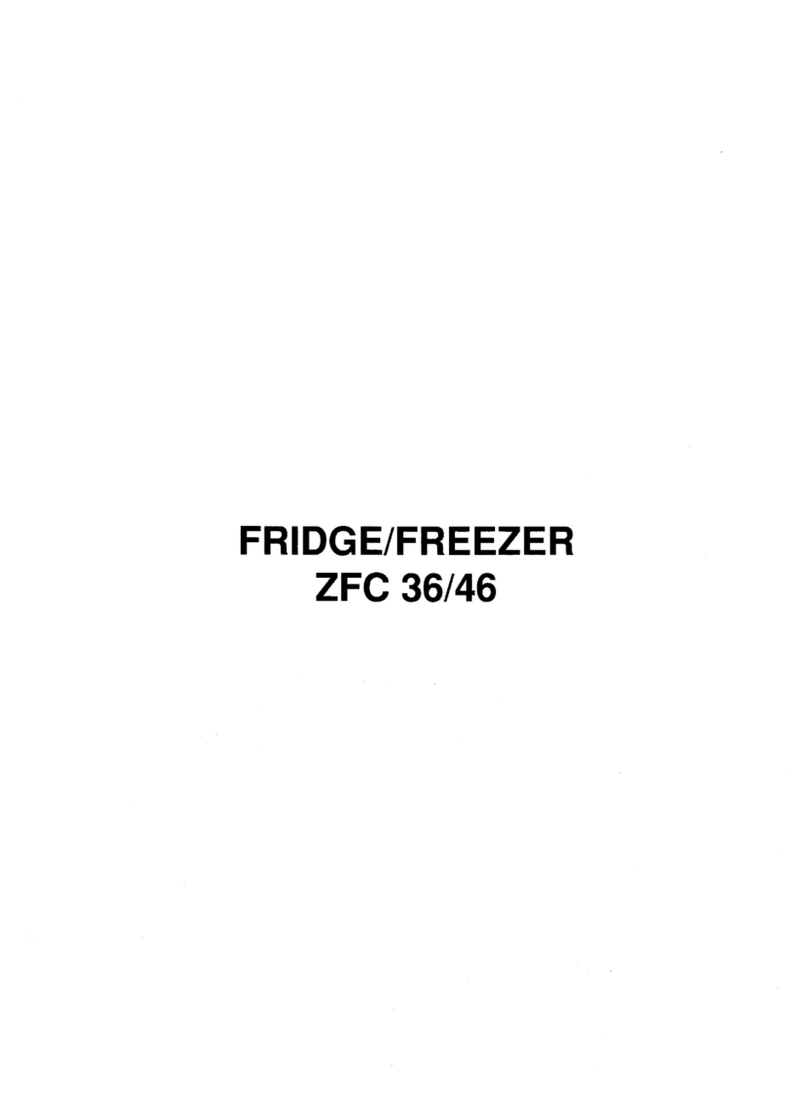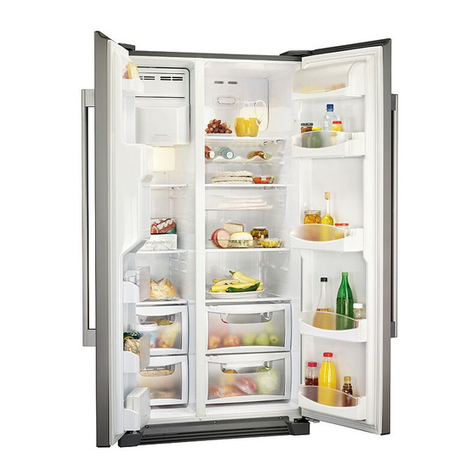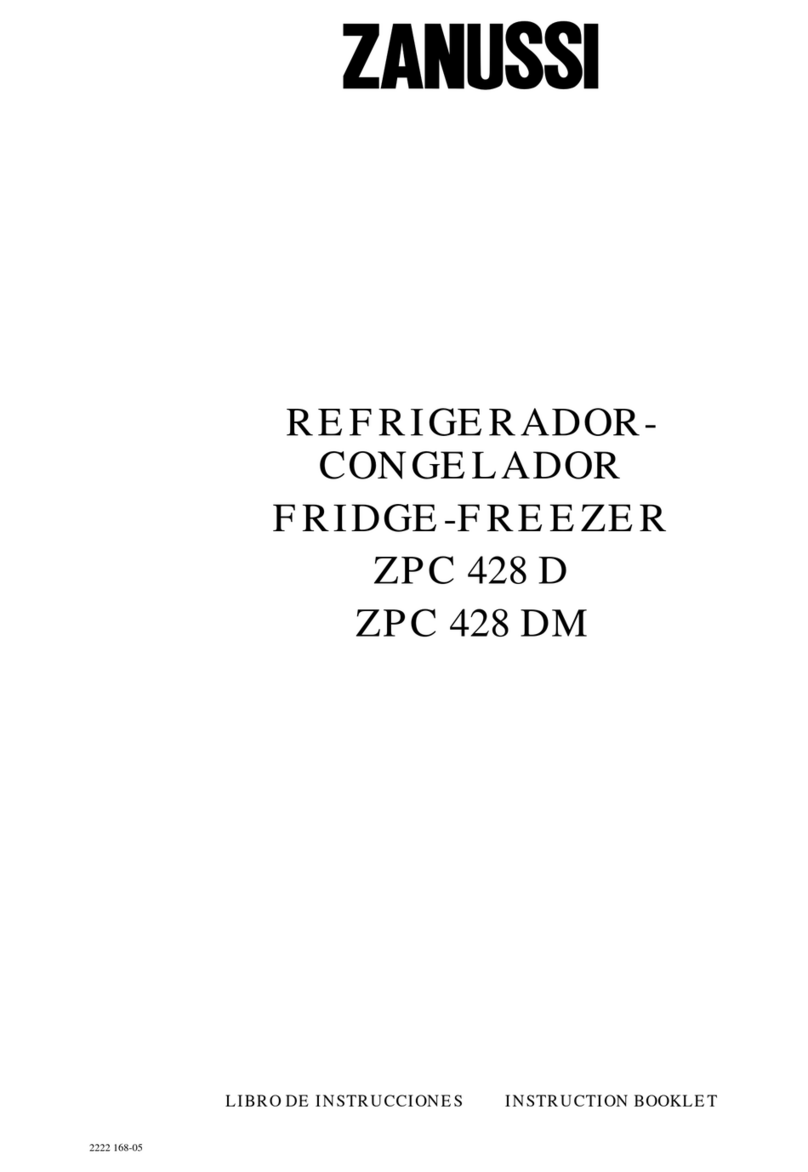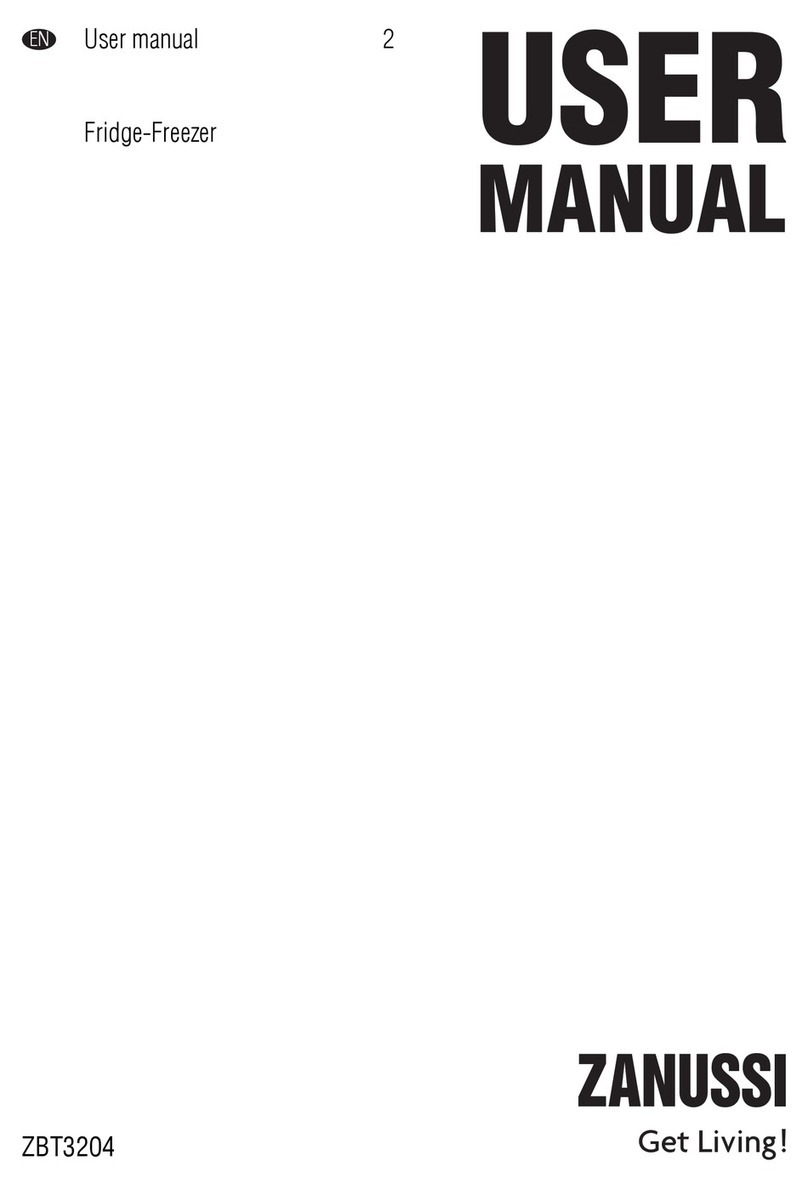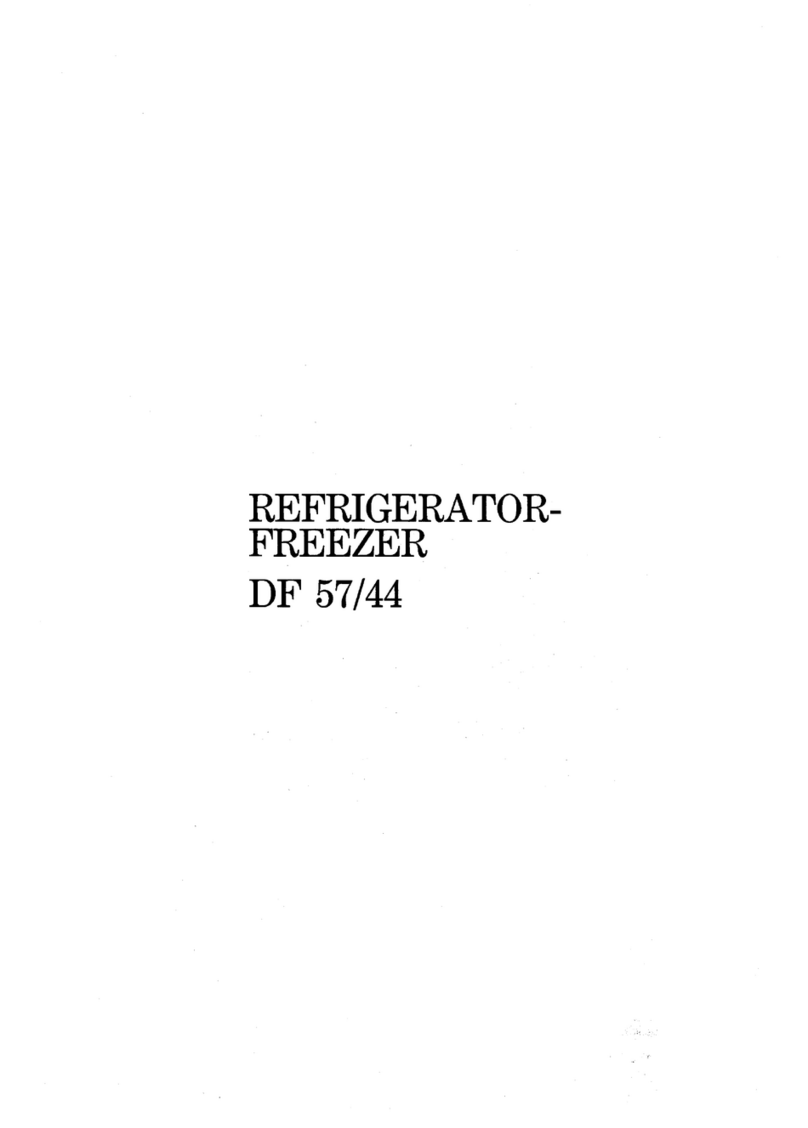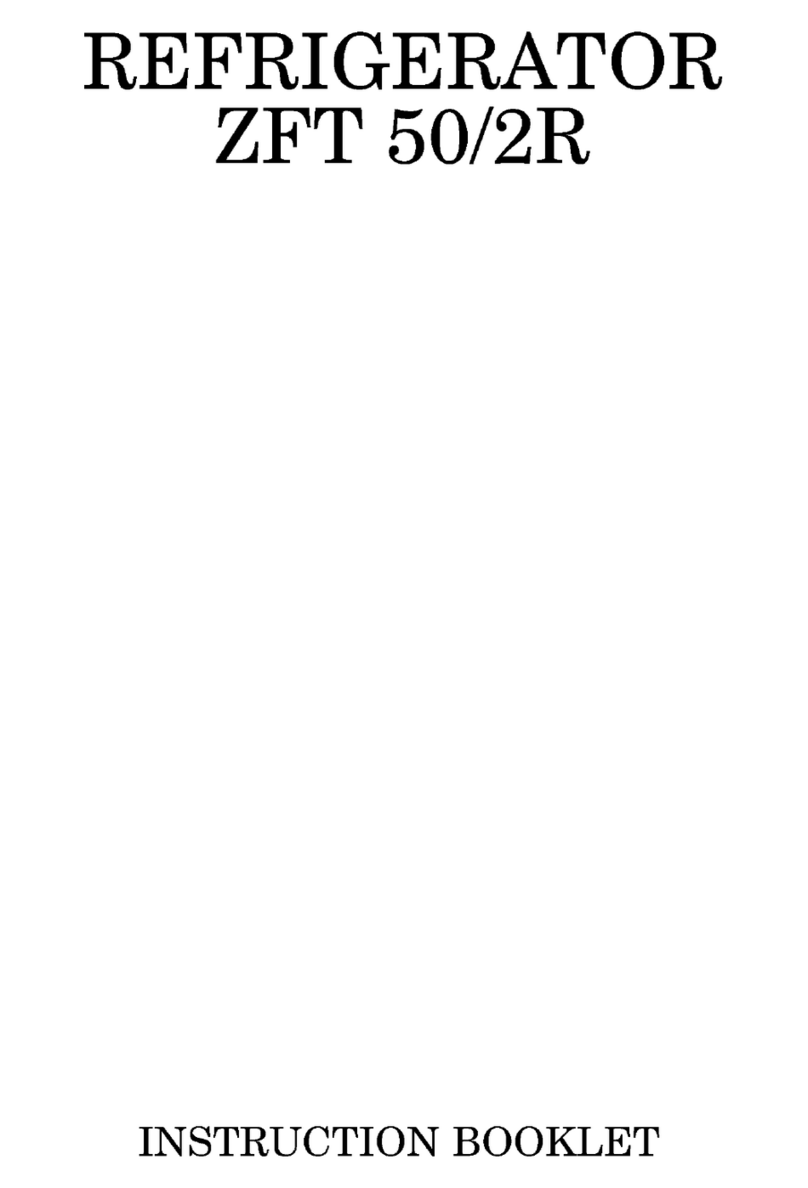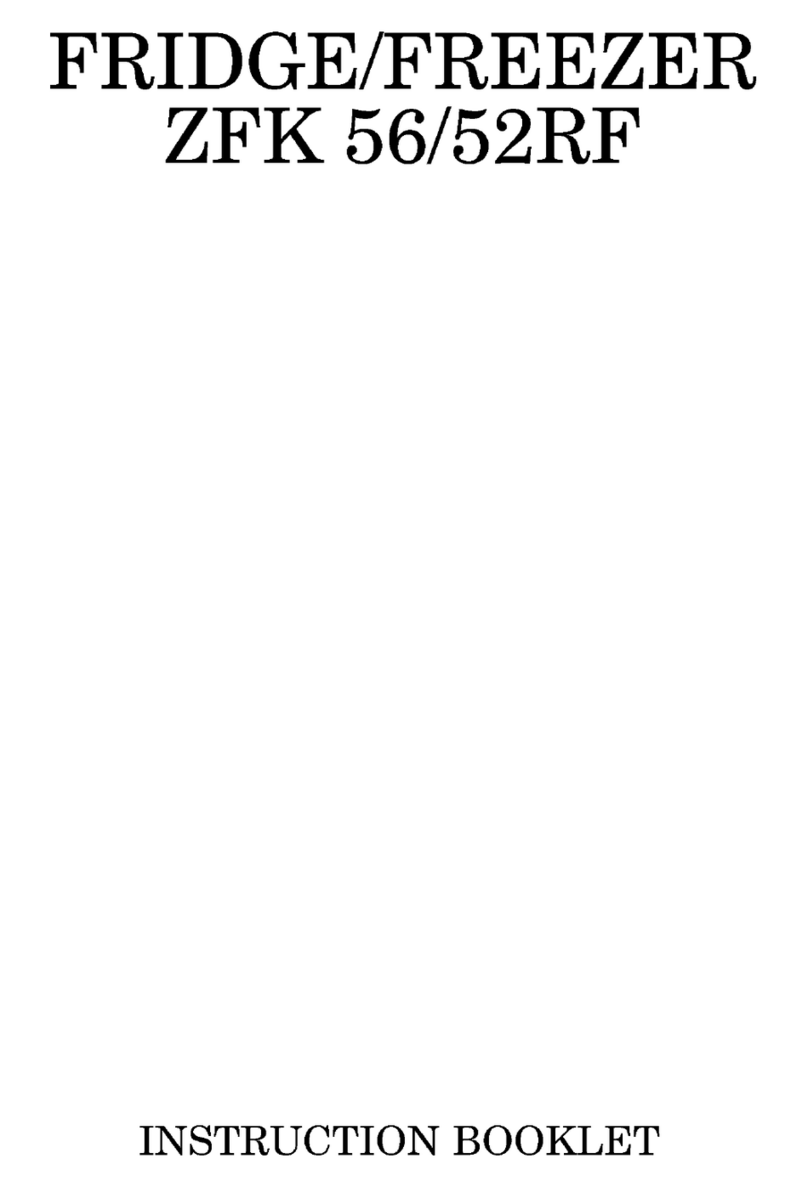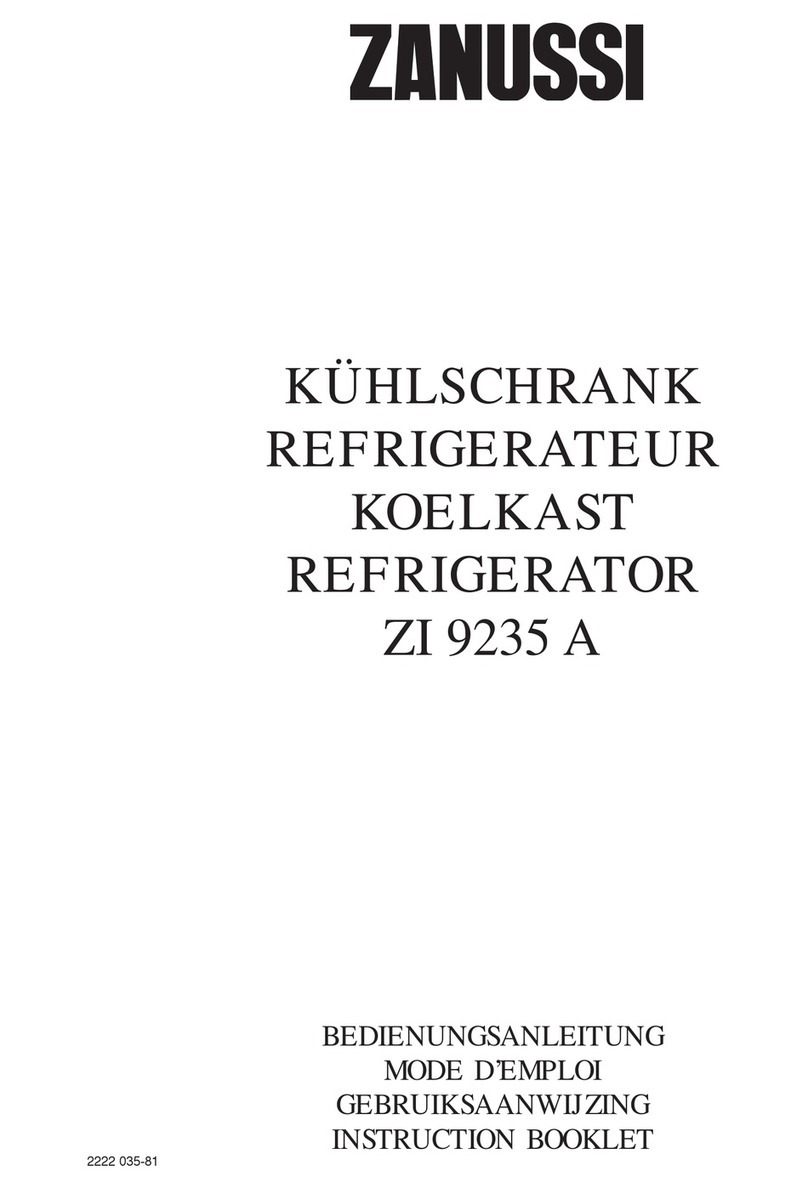The electrical connections
WARNING: THIS APPLIANCE MUST BE
EARTHED.
The manufacturer declines any liability should
this safety measure not be observed.
If the plug that is fitted to your appliance is not
suitable for your socket outlet, it must be cut off and
the appropriate plug fitted.
Remove the fuse from the cut off plug.
The cut off plug should then be disposed of to prevent
the hazard of shocks in case it should be plugged into
a 13amp socket in another part of your home.
Important
The wires in the mains lead are coloured in
accordance with the following code:
Green andYellow - Earth
Blue - Neutral
Brown - Live
If you fit your own plug, the colours of the wires in
the mains lead of your appliance may not correspond
with the markings identifying the terminals in your
plug, proceed as follows:
Fig. 9
Connect the Green andYellow (earth) wire to the
terminal in the plug which is marked with the letter
«E» or the earth symbol , or coloured green and
yellow.
Connect the blue (neutral) wire to the terminal in the
plug which is marked with the letter «N» or coloured
black.
Connect the brown (live) wire to the terminal in the
plug which is marked with the letter «L» or coloured
red.
The plug moulded onto the lead incorporates a fuse.
For replacement, use a 13amp BSI362 fuse. Only
D207
GREEN & YELLOW 13 AMP. FUSE
BROWN
CORD CLAMP
BLUE
13 AMP
ASTA or BSI approved fuses should be used.
The plug must not be used if the fuse cover/carrier is
lost. The cover/carrier is indicated by the coloured
insert at the base of the plug.
A replacement cover/carrier must be obtained from
your local Zanussi Service Force Centre whose
address is listed in the Customer Care Booklet which
accompanies your instruction manual.
This appliance complies with the E.E.C. Directive
No. 87/308 of 2.6.87 relative to radio interference
suppression.
This appliance complies with the following
E.E.C. Directives:
-73/23 EEC of 19.2.73 (LowVoltage Directive) and
subsequent modifications;
-89/336 EEC of 3.5.89 (Electromagnetic
Compatibility Directive) and subsequent
modifications.
Please ensure that when the appliance is installed
it is easily accessible for the engineer in the event
of a breakdown.
